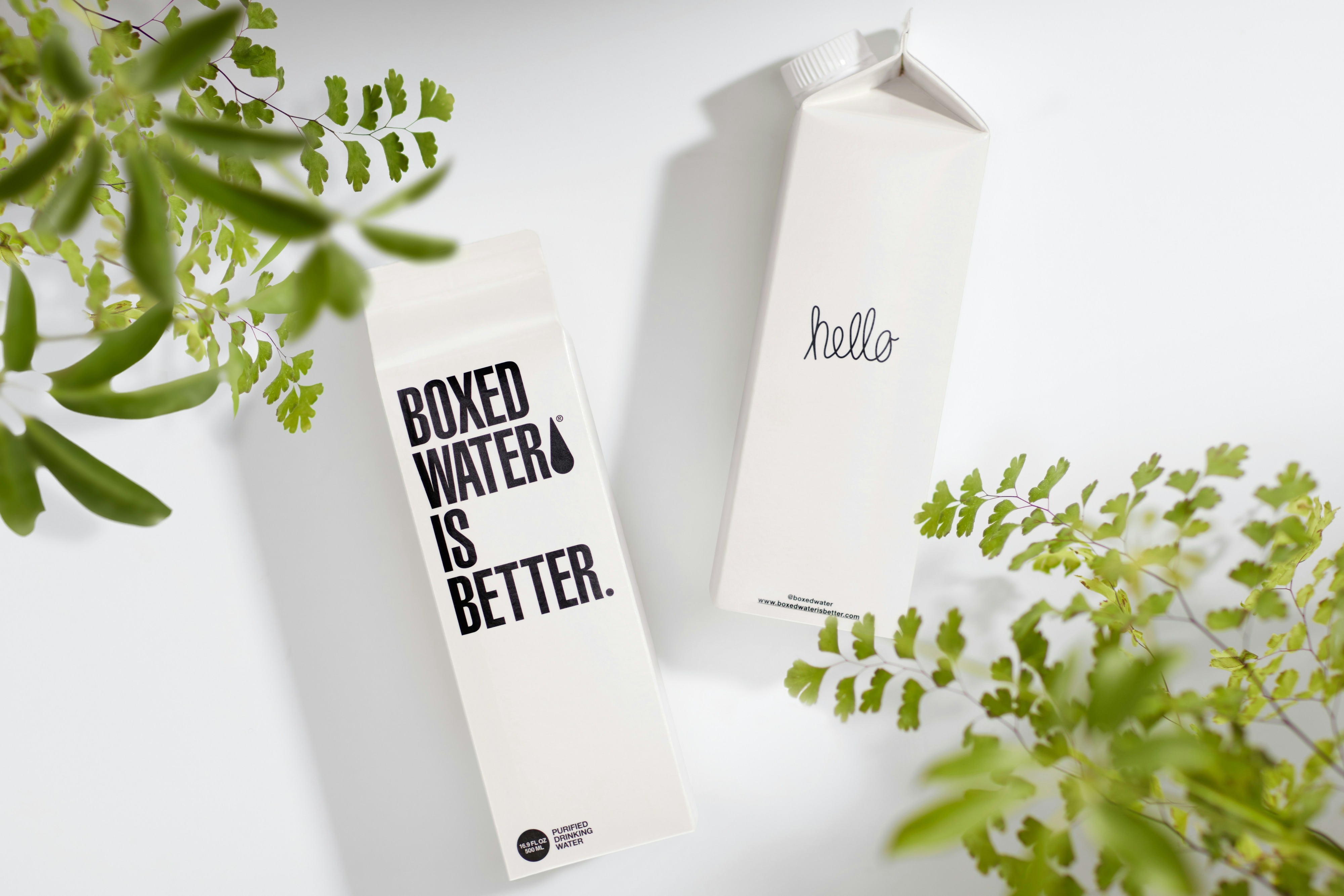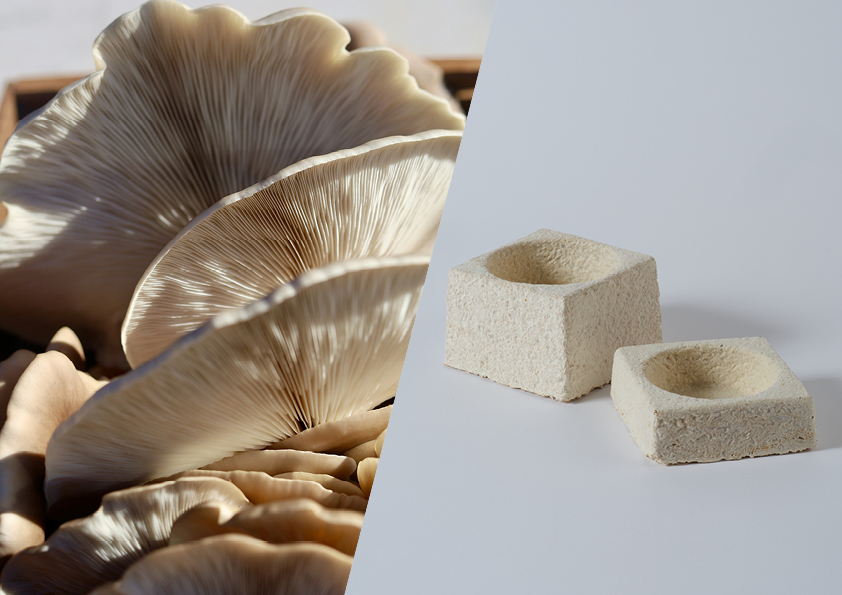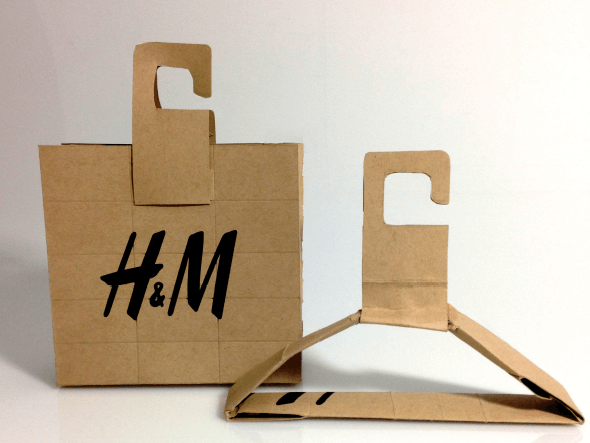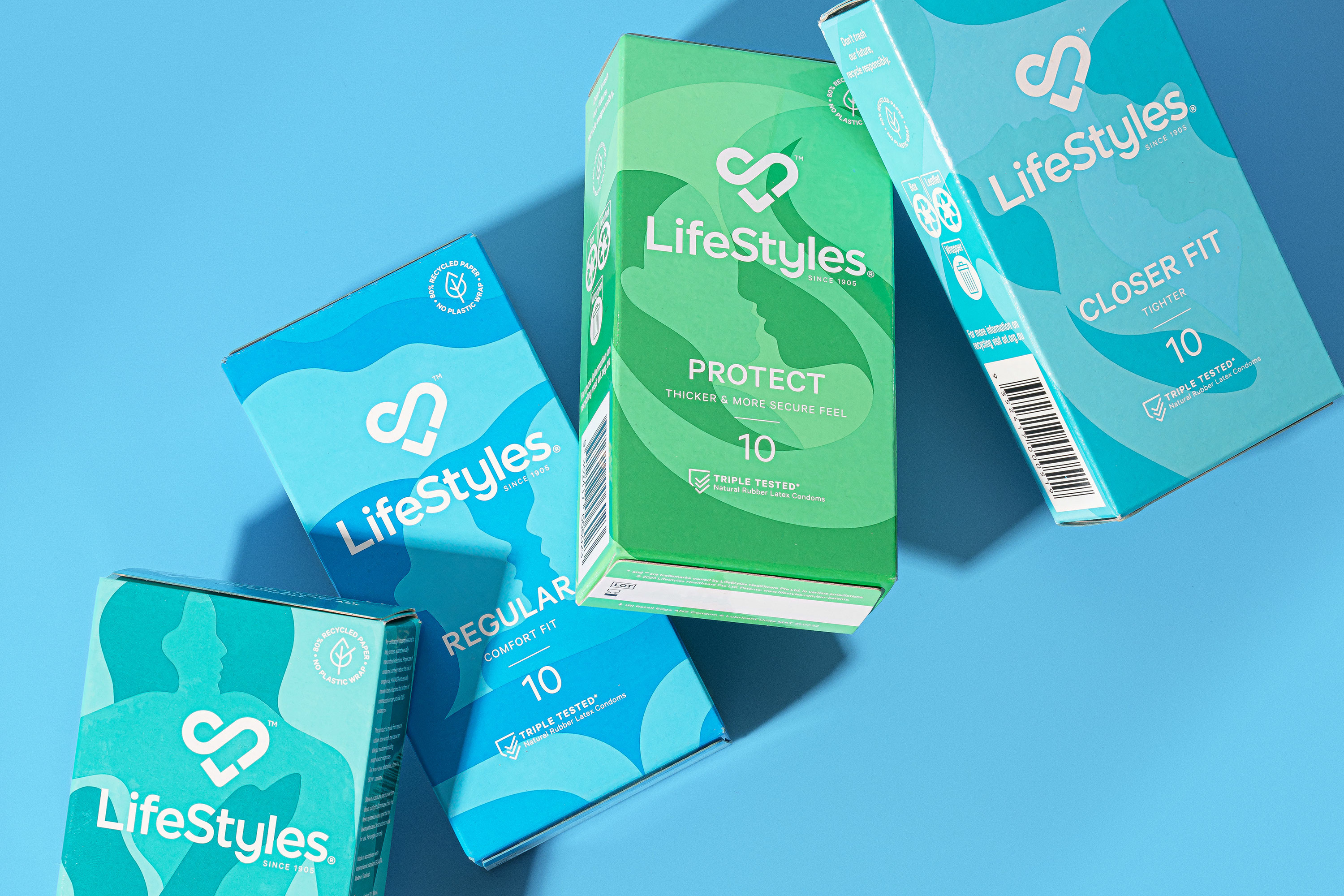Packaging the future: Your guide to Sustainable Packaging in 2024
Sustainable packaging practices are becoming imperative as the world mobilises to combat climate change. Packaging is crucial in contemporary society as it contributes to various aspects of daily life by minimising food wastage, safeguarding items during transit, and maintaining their integrity and safety. Packaging labels also guide optimal recycling and disposal methods for products and materials.

The importance of sustainability is rising among consumers, investors, and regulators alike. Each of these groups has the potential to impact companies that neglect sustainability practices. Consumers may boycott brands, investors may withdraw their investments, and regulators can impose fines for non-compliance with environmental standards.
Australia is undergoing a fundamental shift in managing the packaging life cycle, emphasising the need for comprehensive changes in production, collection and recycling processes. The 2025 National Packaging Targets represent a collaborative effort between industry and government to promote sustainable packaging practices and serve as a significant milestone in Australia’s transition toward a cyclical economy for packaging materials.
This article will explain everything you need to know about sustainable packaging; what it is, how to convert to eco-friendly alternatives, and how to use eco-friendly packaging as a branding tool.
What Is Sustainable Packaging?
Sustainable packaging is the design, production and disposal of packaging that reduces its negative environmental impact. This can include using recyclable or biodegradable materials, minimising packaging waste, and designing packaging to be more efficient in its use of resources.
The Sustainable Packaging Coalition® (SPC) advises packaging must meet the following standards to be considered sustainable:
- It is beneficial, safe and healthy for individuals and communities throughout its lifecycle.
- Meets market criteria for performance and cost.
- It is sourced, manufactured, transported, and recycled using renewable energy.
- Optimises the use of renewable or recycled source materials.
- It is manufactured using clean production technologies and best practices.
- It is made from materials that are healthy throughout their lifecycle.
- It is physically designed to optimise materials and energy.
- It is effectively recovered and utilised in biological and industrial closed-loop cycles.
What Is Sustainable Packaging Made From?
Sustainable packaging includes materials like glass, bamboo, sugarcane, and bioplastics. These materials usually align with the categories of biodegradable, recyclable, and compostable, offering environmentally friendly alternatives to traditional packaging. The specifics of each category, including their uses, benefits and considerations, are highlighted below.
Biodegradable materials:
- Include bio-based materials, bioplastics, glassine, cellulose and green cell foam.
- Bio-based materials are derived from renewable resources like plants and animals.
- Bioplastics, made from renewable biomass sources, aim to replace traditional plastics.
- Glassine, a smooth and glossy paper, is often used for packaging food and other products.
- Cellulose, a natural polymer found in plant cell walls, is biodegradable and commonly used in packaging.
- Green cell foam is a biodegradable alternative to Styrofoam, often made from cornstarch or other plant-based materials.
Recycled and recyclable materials:
- Includes recycled paper, cardboard, glass, metal, and plastic.
- Recycled paper and cardboard are made from post-consumer waste and can be recycled again.
- Glass, metal, and certain types of plastic can be recycled multiple times.
- Recycling these materials reduces the demand for virgin resources and decreases landfill waste.
Compostable and plant-based materials:
- Compostable packaging and plant-based plastics fall under this category.
- Compostable packaging is designed to break down into natural components in composting facilities.
- Plant-based plastics, derived from renewable plant sources like corn or sugarcane, offer an alternative to petroleum-based plastics.
- These materials contribute to reducing plastic pollution and dependence on fossil fuels.
Sustainable alternatives to single-use plastics:
- Bamboo and mushroom-based packaging are among the sustainable alternatives to single-use plastics.
- Bamboo is a fast-growing renewable resource that can be used to make various products, including utensils, plates, and packaging.
- Mushroom-based packaging, made from mycelium, offers a biodegradable and environmentally friendly alternative to traditional packaging materials.
- These alternatives help reduce plastic waste and promote more sustainable consumption habits.

While many of these materials are relatively new and still in development, they can be used as sustainable packaging materials.
Sustainable Packaging Design and Strategies
Sustainable packaging design includes developing environmentally friendly solutions to mitigate adverse environmental impacts. This involves considering material selection, packaging lifecycle and end-of-life disposal. For example, minimalist packaging simplifies design by removing excess layers and focusing on simplicity and functionality. Utilising lighter and space-efficient packaging enhances transportation efficiency, reducing energy consumption, water usage, greenhouse gas emissions and transportation costs.
Another example of designing packaging with another purpose is how H&M has created shopping bags to transform into clothes hangers. These bags use less material than H&M’s traditional plastic bags and are crafted from 80% recycled paper. H&M knows its target audience is 18-to 35-year-olds who value environmental consciousness. Recognising this, H&M offers eco-friendly and reusable packaging solutions, knowing their customers appreciate such initiatives. This example shows how designing with sustainability and reusability in mind may also enhance brand loyalty among a company’s audience.

Benefits of Sustainable Packaging
By prioritising sustainable packaging practices, companies can expect benefits such as reducing their environmental impact and harnessing a competitive advantage in a rapidly evolving marketplace. Sustainable packaging also aligns with consumer values and offers tangible business benefits, including:
- Environment: Implementing sustainable packaging solutions significantly reduces the environmental impact of packaging materials and processes. By utilising eco-friendly materials and minimising waste throughout the packaging life cycle, companies can contribute to conservation efforts and mitigate resource depletion.
- Improved brand image: Embracing sustainable packaging enhances a company’s image, portraying it as environmentally responsible and forward-thinking. This positive association resonates with consumers prioritising sustainability, potentially attracting new customers and fostering brand loyalty.
- Increase customer base and brand loyalty: Sustainable packaging aligns with consumer preferences for eco-conscious products, expanding a company’s customer base and cultivating brand loyalty. Studies show consumers are increasingly willing to support brands prioritising sustainability, demonstrating a willingness to pay more for environmentally friendly products.
- Versatility: Sustainable packaging offers versatile solutions suitable for various products and industries. Companies can customise packaging options from biodegradable materials to innovative designs to meet specific needs while maintaining environmental integrity.
- Processability: Sustainable packaging materials are often compatible with existing manufacturing processes, facilitating integration into production operations. This ensures efficiency and cost-effectiveness while minimising disruptions to established workflows.
- Durability: Contrary to common misconceptions, sustainable packaging can be durable and protective, safeguarding products throughout the supply chain. With material science and design advancements, eco-friendly packaging options offer robustness without compromising sustainability.
- Recyclable and renewable: Sustainable packaging materials, such as bioplastics and recycled materials, are recyclable and renewable, closing the loop on resource utilisation. By promoting a cyclical economy, companies reduce reliance on finite resources and contribute to long-term environmental sustainability.
- Reduces transportation costs: Sustainable packaging solutions can reduce costs by minimising packaging weight and volume. Lighter, more compact packaging reduces fuel consumption and emissions, optimising logistics efficiency and lowering overall operational expenses.
- Price and cost considerations: While sustainable packaging may initially be perceived as more expensive, a comprehensive analysis reveals long-term cost savings and benefits. Companies can justify investments in sustainable packaging solutions by evaluating total costs, including material savings, operational efficiencies, and potential marketing advantages.
- Materials and design: Transitioning to sustainable packaging requires re-evaluating current materials and optimising packaging design for sustainability. Incorporating eco-friendly alternatives like biodegradable or compostable materials, recycled content, and renewable resources ensures environmentally responsible packaging solutions.
- Challenges and solutions: Implementing sustainable packaging may present challenges like supply chain complexities and cost considerations. However, phased approaches, pilot projects, and stakeholder engagement can overcome these obstacles, paving the way for the successful integration of sustainable packaging practices.
How To Convert To Sustainable Packaging
Implementing sustainable packaging in a small-scale brand may pose challenges, but with careful planning, it’s achievable. Below are some steps that can be undertaken to integrate sustainable packaging into your practices:

Don’t change everything at once
Transitioning to sustainable packaging requires a strategic and phased approach. Start by implementing changes gradually rather than overwhelming yourself and your team by revamping your entire packaging process immediately. Begin with one or two aspects of your packaging, such as replacing specific sizes or types of packaging materials. This incremental approach allows for thorough research, testing and adjustment, ensuring the successful implementation of sustainable initiatives without disruption.
Order product samples
Before committing to a new packaging solution, it’s essential to assess its suitability and quality firsthand. Order product samples from potential suppliers or manufacturers to evaluate factors such as compatibility with your merchandise, durability, weight and size. Conducting a thorough assessment of these samples enables you to make informed decisions and select packaging materials that align with your brand’s needs and sustainability goals.
Consider redesign
Introducing sustainable packaging alongside a brand redesign can enhance your brand’s overall impact and perception. Consider integrating eco-friendly packaging solutions as part of your brand’s visual identity, complementing design elements such as logos, colour palettes and design assets. This cohesive approach reinforces your brand’s commitment to sustainability and creates a compelling brand image.
Adjust pricing
While sustainable packaging may initially entail additional costs, it’s crucial to evaluate pricing strategies to maintain profitability. When pricing your products, factor in the expenses associated with sustainable materials and shipping costs. Determine whether absorbing these costs is feasible or if adjustments to product pricing are necessary to accommodate sustainability investments while remaining competitive in the market.
Order small volumes first
Testing your new sustainable packaging solutions in small volumes allows for practical evaluation and refinement before full-scale implementation. Order limited quantities of packaging materials to assess durability, customer reception and overall performance compared to existing packaging. Gradually increase order volumes as you transition to sustainable packaging, ensuring a seamless integration process.
Make sure you use all the old packaging first
Adopt a “First in, first out” (FIFO) approach to prioritise existing packaging inventory before transitioning to new sustainable packaging. This method ensures efficient resource utilisation and minimises waste by depleting old packaging stocks before introducing new materials. By following FIFO principles, you optimise inventory management and streamline the transition process effectively.
Promote new packaging and educate customers on the benefits
Communicate your commitment to sustainability and the benefits of your new packaging to customers through marketing and educational initiatives. Highlight the environmental advantages of eco-friendly packaging and encourage customers to recycle, compost, or reuse packaging materials. By raising awareness and fostering consumer engagement, you cultivate a loyal customer base aligned with your brand’s sustainability values.
Make your brand recognised for its sustainability and environmentally friendly practices
Position your brand as a leader in sustainability by showcasing your commitment to environmentally friendly practices. Integrate sustainability messaging into your marketing campaigns and brand communications to highlight your efforts. Engage with stakeholders, suppliers, and customers to reinforce your brand’s dedication to sustainability and create a positive impact on the environment. By aligning your brand with sustainability principles, you differentiate yourself in the market and build a reputation for responsible business practices.
It’s also important to recognise that sustainability encompasses not just the packaging but also the entire product lifecycle, spanning from sourcing raw materials to disposal or recycling. While adopting sustainable packaging may take time and investment, the resulting reduction in environmental impact and establishment of a positive brand image outweigh the challenges.
Examples of Brands That Use Sustainable Packaging
The following examples demonstrate how industry giants have embraced sustainable packaging, leading to environmental stewardship and enhanced market value.
Boxed water
Boxed Water has revolutionised the market with its innovative approach: packaging water in cardboard boxes, a sustainable alternative to single-use plastic bottles. Shipping flat to refilling stations further reduces its low carbon footprint, minimising transportation emissions and environmental impact.
ASOS
Despite primarily focusing on fashion, ASOS steps up in packaging sustainability, reducing plastic usage with thinner mailer bags. By recycling customer return mailing bags and incorporating post-consumer waste into new bags, ASOS demonstrates a commitment to a cyclical fashion business model.

Nike Inc.
Nike’s ‘Move to Zero’ initiative extends to packaging, exemplified by the ‘Nike One Box’ concept, eliminating the need for outer packaging. This innovative design cuts packaging waste by 51% for single online orders and aligns with Nike’s target of 10% waste reduction per unit by 2025.
Lifestyles Condoms
Since 2009, Lifestyle has collaborated with the Australian Packaging Covenant (APCO) to minimise packaging-related environmental effects throughout Australia. In 2021, LifeStyles Healthcare pioneered eliminating cello wrap from their condom boxes.

First Press Coffee
Recognising the environmental impact of pallet wrapping during distribution, First Press Coffee transitioned to using Biogone’s landfill-biodegradable pallet wrap. This eco-friendly solution allows them to securely package and distribute their products to numerous outlets, ensuring peace of mind with each delivery.
This article has covered the essentials of sustainable packaging, including its definition, transitioning to eco-friendly alternatives and leveraging eco-friendly packaging for branding purposes. If you want to take action towards a more sustainable future for your brand and the planet, contact the friendly team at Brandwell.